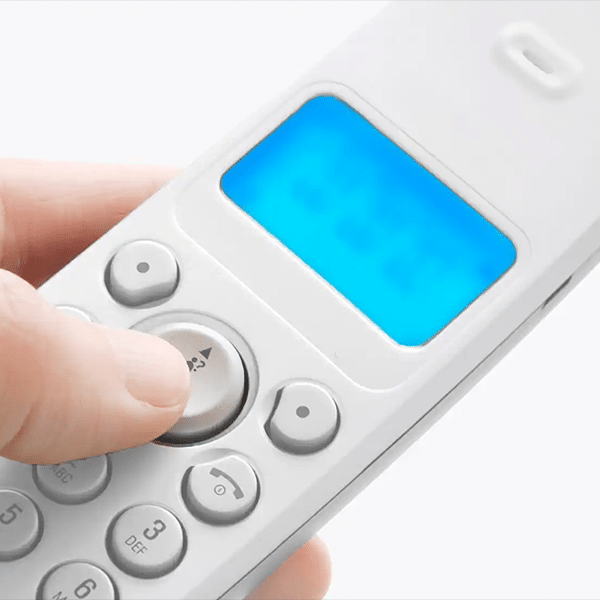AT&T plans to essentially retire its copper network by 2029, said company executives at an investor meeting yesterday. The AT&T copper retirement plan dovetails with the company’s plan to make fiber broadband available to 50 million locations by the same year, including 45 million that are within the company’s traditional local service footprint.
The plan is to move customers from copper-based voice and DSL services to services based on fiber broadband and the company’s fixed wireless service, explained Susan Johnson, AT&T executive vice president and general manager for Wireline Transformation and Supply Chain, at the meeting.
AT&T spends $6 billion annually to maintain its copper network, which spans the company’s 500,000-square mile local service footprint, Johnson noted. Yet only 5% of customers are still using copper voice technology.
“Copper is an energy hog” and is labor-intensive to repair, Johnson said.
In an apparent reference to DSL services, she also noted that “Our legacy services are no longer meeting our customer needs for speed, reliability or always-on connectivity.”
The company’s fixed wireless service, known as Internet Air, offers speeds that are as much as 25 times faster than DSL, Johnson said.
Johnson touted a new offering — known as AT&T Phone-Advanced — that enables customers to move to a fiber connection or to Internet Air service while continuing to use existing landline devices including phones, fax machines, alarm systems and others.
AT&T Phone-Advanced was well received by customers who have used it and has completed successful testing with the Federal Communications Commission (FCC), said Johnson.
A Two-Phase Plan
AT&T’s copper “exit strategy” will be “geographically focused on the wire center level,” Johnson said.
AT&T has 4,600 wire centers, each of which includes a central office as well as the outside plant served from that central office, she explained.
AT&T is planning to retire copper in two phases.
The first phase will target customers in areas where the company does not plan to deploy fiber because “there is not an economical path to do that,” Johnson explained.
Those areas comprise about half of AT&T’s landline footprint. But only about 10% of the company’s customer base lives in those areas and the company has only four remaining copper customers per square mile in those areas, Johnson noted.
The goal is to have “no customers using copper in these wire center areas by 2027,” said Johnson.
The company plans to serve those customers using fixed wireless, and, in some cases, satellite. Johnson didn’t offer details on the satellite service. But an AT&T spokesperson confirmed that AT&T Phone- Advanced works with satellite service.
Asked if AT&T will leverage its relationship with satellite provider AST SpaceMobile to support that capability, the spokesperson said, “Our long-term satellite solution is AST SpaceMobile and we will assess other options as they’re needed.”
Phase 2 of AT&T’s copper retirement plans will focus on areas where the company plans to have fiber by 2029. Many landline voice and DSL customers in those areas will be served via a fiber connection. Johnson added, though, that some customers in those areas will need to be served via fixed wireless.
The vast majority of AT&T customers are encompassed by Phase 1 and Phase 2 of the copper retirement plans.

Relaxed Regulations
AT&T’s copper retirement plans require persuading federal and state regulators to relax carrier of last resort (COLR) requirements.
According to Johnson, the company has persuaded regulators in 20 states to relax those regulations. That’s all but one state in which the company operates wireline networks.
The holdout is California. AT&T will continue to work with regulators there, Johnson said.
Another important regulatory achievement involves the FCC.
“We have approval to stop all new copper-based inward orders in 60 wire centers across 13 states,” Johnson said, adding that AT&T hopes to expand that option.
The company also has an application pending with the FCC to replace plain old telephone service (POTS) with AT&T Phone-Advanced in a small number of wire centers, Johnson said.
Updated with information from an AT&T spokesperson


